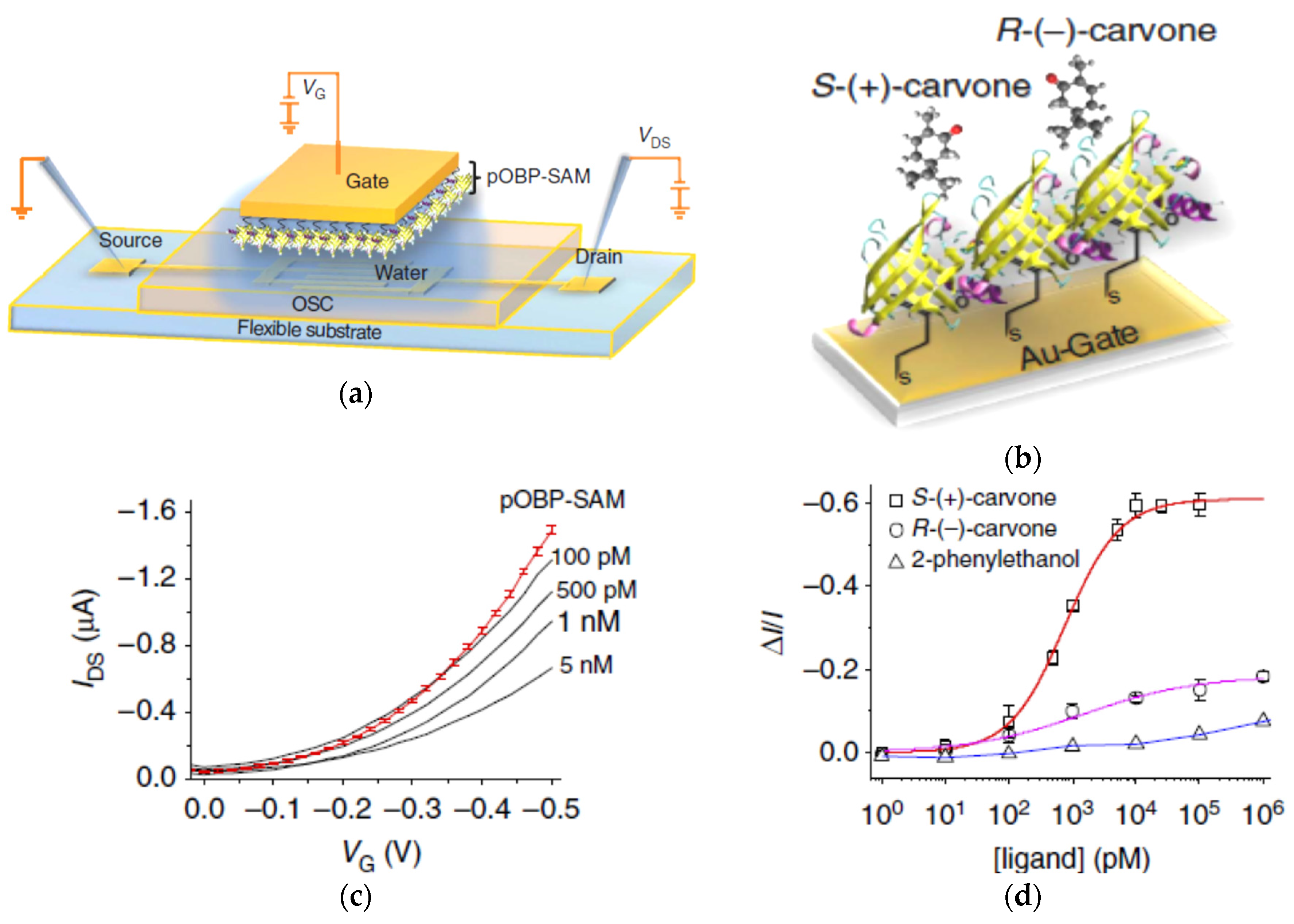

The VS-CNFET model also includes data-calibrated contact resistance and direct source-to-drain tunneling current, which are not captured in the S-CNFET model.Ĭylindrical gate-all-around and top gate 3-terminal (without the body terminal, which is insulated by the thick buried oxide) One issue of the S-CNFET model is that the longitudinal wave vectors along the channel direction are quantized and then summed up numerically to calculate the drain current and terminal charges, leading to a decreasing drain current as the channel length decreases below 100 nm. The S-CNFET model is physics-based using the quasi-ballistic Landauer formula, while the VS-CNFET model is based on the semi-empirical virtual source concept calibrated to experimental data. Note: The key difference between the old Stanford CNFET (S-CNFET) model and the VS-CNFET model is the modeling of carrier transport. The inputs to the VSCNFET model are the physical device design including device dimensions, CNT diameter, gate oxide thickness, etc.

Parasitic effects are modeled: (i) direct source-to-drain and band-to-band tunneling current calibrated by numerical simulations (ii) metal-to-CNT contact resistances calibrated by experimental data (iii) parasitic capacitance including gate-to-CNT fringe capacitances and gate-to-contact coupling capacitances. The intrinsic drain current (Id) and terminal charges are based on the virtual source (VS) model, with the virtual source velocity extracted from experimental data for different channel lengths (ranging from 3-um down to 15-nm). capacitance-voltage) characteristics in a short-channel metal-oxide-semiconductor field-effect transistor (MOSFET) with carbon nanotubes as the channel material. The Stanford Virtual-Source Carbon Nanotube Field-Effect Transistors (VSCNFET) model is a semi-empirical model that describes the current-voltage and charge-voltage (i.e. Stanford University Virtual Source CNFET Model


 0 kommentar(er)
0 kommentar(er)
